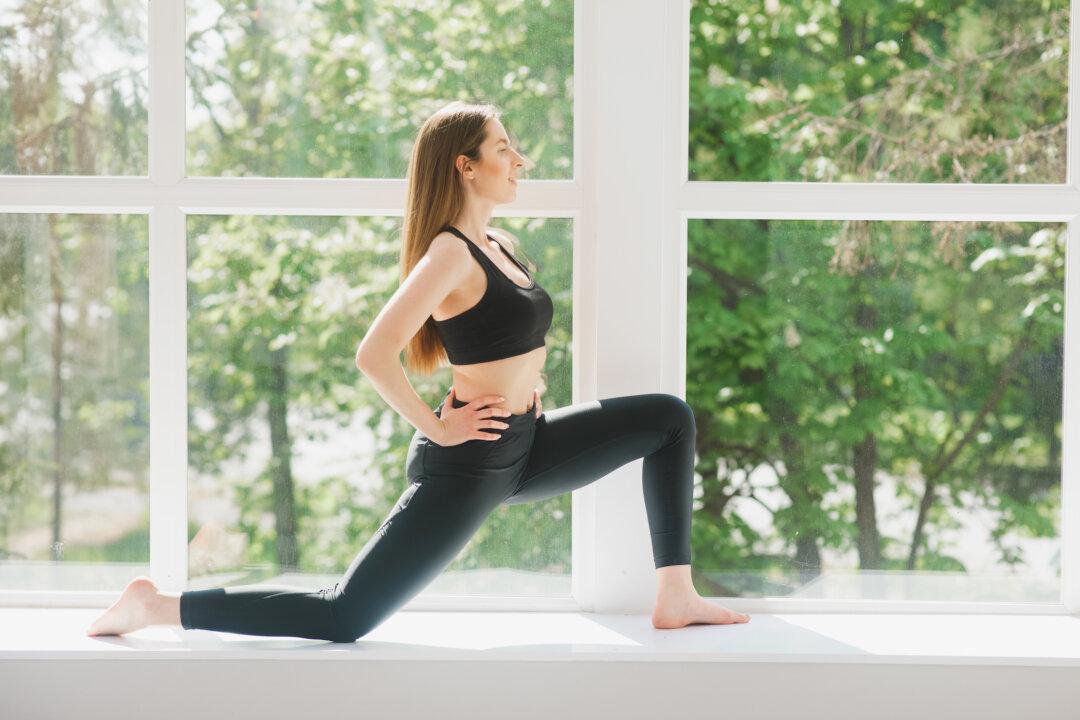Perhaps your doctor has recommended that you should exercise more, or you’ve had a recent health scare. Maybe your family’s been nagging you to get off the couch or you’ve decided that it’s time to lose some weight.
How do you find the motivation, time, and resources to get fit, particularly if you haven’t exercised in a while? How do you choose the best type of exercise? And do you need a health check before you start?





